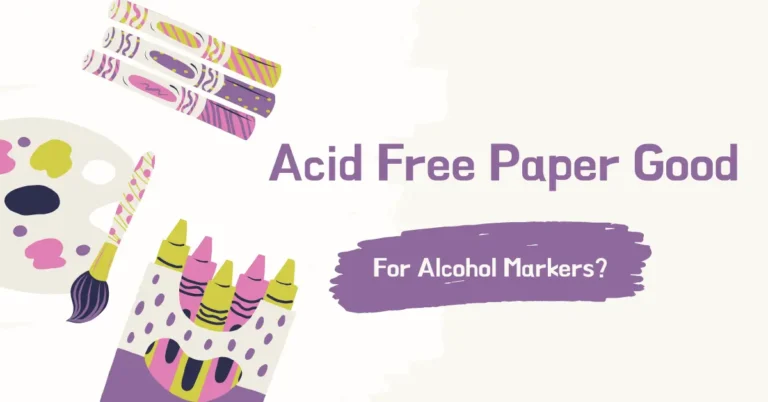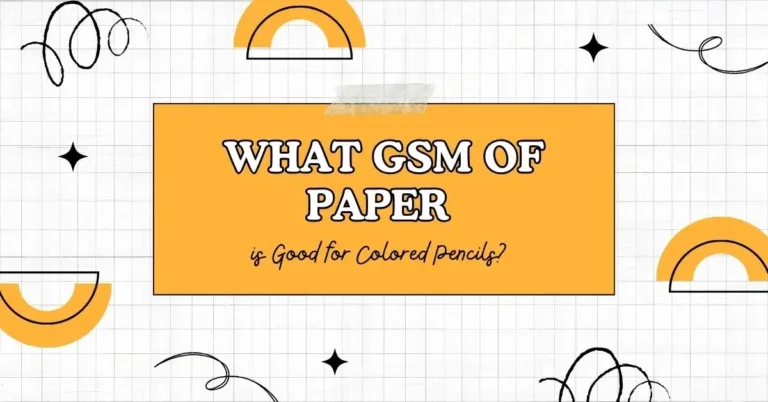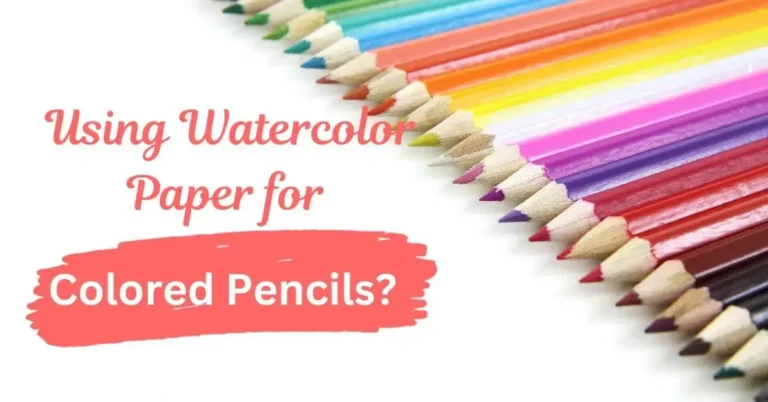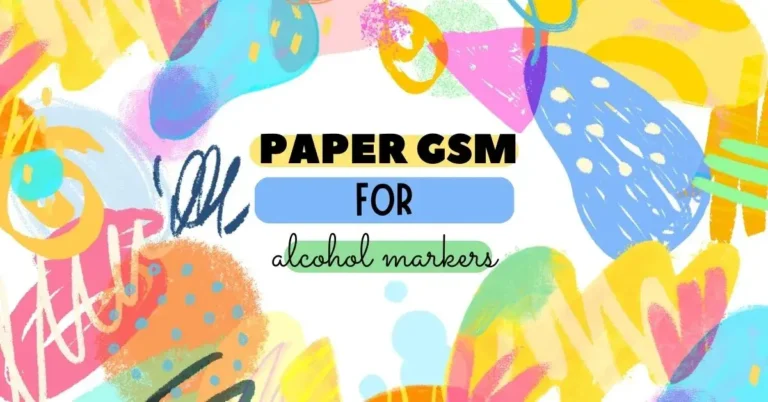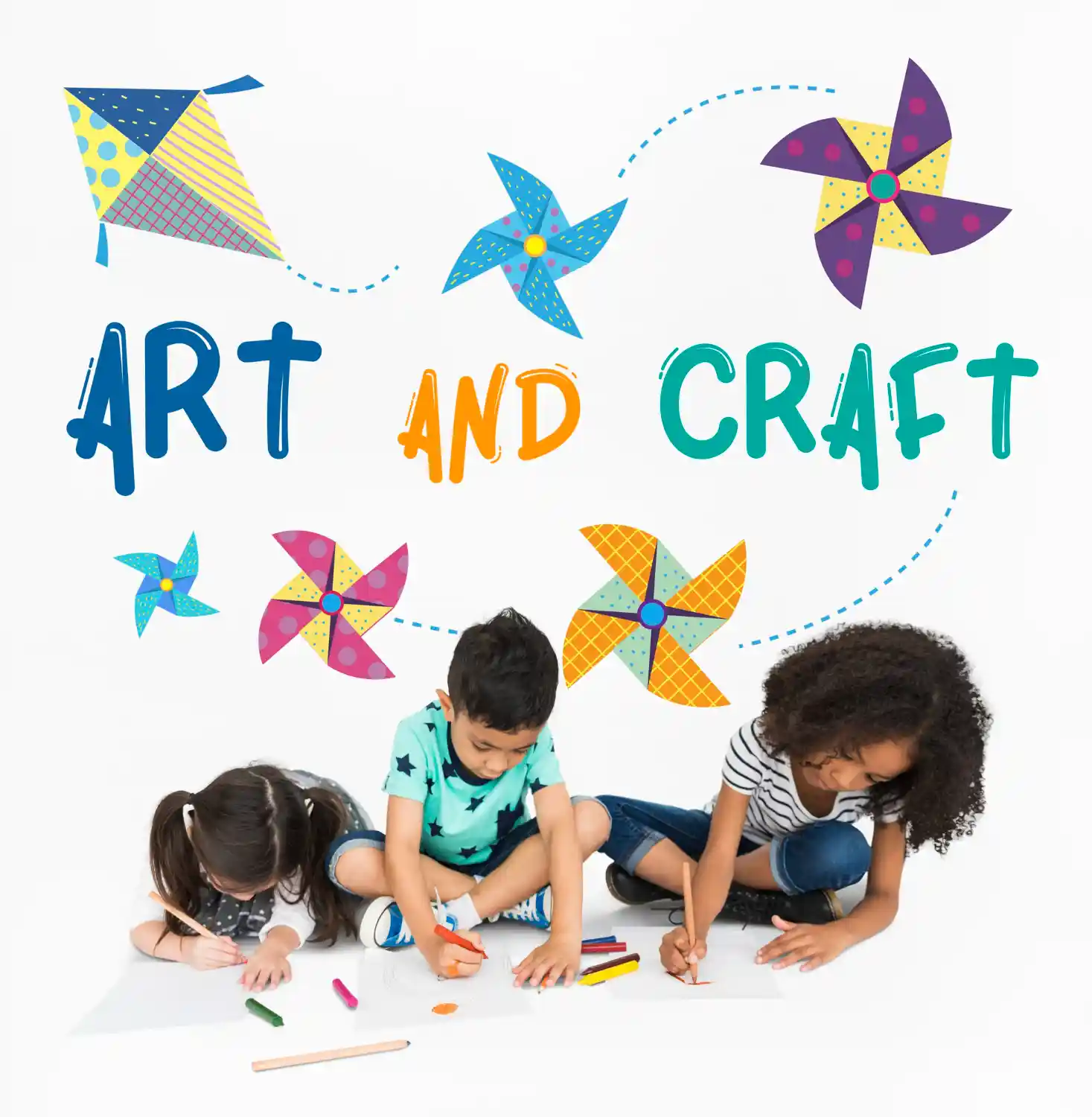Choosing The Right Paper For Alcohol Markers Artwork
Alcohol markers are popular among artists for their versatility and ability to produce vivid, smooth, and well-blended colors. To optimize the performance of alcohol markers, it is crucial to pair them with the right type of paper.
Certainly! When it comes to choosing the right paper for alcohol markers, it’s important to consider factors such as bleed resistance, smoothness, and thickness. Such a paper aims to provide artists and enthusiasts with insights into selecting the most suitable paper for alcohol marker artwork.
Here’s a guide in which we have shared some powerful insights to help you select the ideal paper for your alcohol marker artwork.

Paper Characteristics For Alcohol Markers
Here we are highlighting several features of alcohol marker paper, that allows for seamless blending of colors:
Bleed Resistance
While discussing suitable paper for alcohol markers, we recommend you to opt for paper with exceptional bleed resistance. It ensure that your ink stays confined to the intended areas, preserving the intricate details of your artwork. This feature becomes particularly crucial when working with vibrant and saturated colors, as it prevents unwanted smudging or color bleeding.
Additionally, a high-quality bleed-resistant paper contributes to a more enjoyable creative process by allowing you to focus on your artistic expression without concerns about ink spreading. Choosing such paper enhances the overall quality of your finished piece, providing a professional and polished appearance.
Smooth Surface
We prefer using paper with a smooth surface for its ability to promote even ink application and ease of blending. It facilitates a great experience, allowing the markers to glide smoothly across the paper.
Avoid papers with excessive texture, as they may impede the markers’ fluid movement, hindering the desired smoothness in your artwork. Opting for a smoother surface ensures that your markers perform optimally, resulting in a more polished and professional look to your creations.
Thickness
When we discuss thickness, we personally suggest choosing a medium to heavyweight paper to safeguard against ink seeping through and potentially damaging underlying layers. This thickness not only offers enhanced protection but also ensures the longevity of your artwork.
The added durability of a thicker paper contributes to a more robust and long-lasting finished piece, providing a reliable foundation for your creative endeavors.
Types of Paper
Below we have discussed some paper types, ideal for alcohol markers:
Marker Pads
In our preference, pads specifically designed for markers stand out. They come with a specialized coating that not only prevents bleeding but also fosters flawless blending. This feature is particularly advantageous when working with vibrant colors, ensuring a crisp and professional finish to my artwork.
Additionally, the coated surface enhances the overall precision and detail in my marker-based creations.
Bristol Board
Bristol is an excellent choice for alcohol markers due to its heavyweight board and smooth surface. This option comes in various thicknesses, giving artists the flexibility to choose the most suitable one based on their specific needs.
This versatility in thickness ensures that the paper accommodates different artistic preferences and techniques.
Mixed Media Paper
Mixed Media Papers are designed to handle a variety of mediums, including markers. We look for mixed media paper specifically, ensuring it has a smooth finish and sufficient thickness.
This combination is crucial for achieving optimal results in our artwork, providing a versatile canvas for different artistic expressions.
Our Approach For Testing and Experimentation
In our artistic process, we find it crucial to engage in testing and experimentation before embarking on a substantial project. We conduct small-scale tests on various paper types to discern which one aligns best with our marker style and personal preferences.
- Observe Paper Blending & Layering: During these experiments, we keenly observe how each paper type reacts to layering and blending techniques. This hands-on approach helps us understand the dynamics of the paper and how well it complements the nuances of our marker work.
- Erasing and Correction: Additionally, we pay close attention to how the chosen paper holds up to erasing and corrections, ensuring it meets the standards of durability and resilience that we seek in our creative materials.
- Texture and Weights of Paper: Expanding on this, we often explore different textures and weights within each paper type. This allows us to not only understand the immediate compatibility with markers but also to envision the potential for diverse artistic effects. We believe that this meticulous testing phase not only refines our choice of paper but also enhances our overall creative process.
- Document the Results: Moreover, documenting the results of these small-scale tests serves as a valuable reference for future projects. It becomes a personalized guide, informing our decisions on paper selection and providing insights into the expected outcomes of various techniques.
This proactive approach to testing ensures that we are well-prepared and confident when undertaking more extensive and intricate artworks.
Final Thoughts
Choosing the right paper is crucial to optimize the performance of alcohol markers. As an artist, we consider factors like bleed resistance, surface smoothness, and thickness to enhance our drawing experience and create visually appealing artwork.
This guide lays the foundation for artists like us who are on the quest for the ideal paper for their alcohol marker creations. It’s essential to keep in mind that personal preferences may vary, so we actively experiment with different papers to find the perfect match for our unique artistic style.
FAQs
These FAQs provide guidance on common questions related to alcohol markers and paper selection, offering valuable information for artists looking to enhance their marker art experience.
What makes alcohol markers different from other types of markers?
Alcohol markers use alcohol-based ink, which allows for smooth blending and layering of colors. They are known for their vibrant hues, quick drying time, and versatility in creating gradients.
Why is paper selection important when using alcohol markers?
The right paper can significantly impact the performance of alcohol markers. It affects factors such as bleed resistance, smoothness for blending, and the overall durability of the artwork.
What is bleed resistance, and why does it matter?
Bleed resistance refers to the paper’s ability to prevent the ink from spreading beyond the intended lines. Choosing a paper with high bleed resistance ensures that your artwork stays sharp and precise, without unwanted color bleeding.
Can I use regular drawing paper with alcohol markers?
While you can use regular drawing paper, it’s often better to choose paper specifically designed for markers. Marker pads, Bristol board, and mixed media paper are popular choices due to their smooth surfaces and bleed-resistant properties.
What is the recommended paper thickness for alcohol markers?
Medium to heavyweight papers are recommended for alcohol markers. The thicker paper prevents the ink from seeping through, provides better support for layering, and enhances the overall durability of the artwork.
Are marker pads the best choice for alcohol markers?
Marker pads are designed with alcohol markers in mind, featuring a coated surface for optimal performance. However, Bristol board and mixed media paper can also be excellent choices, depending on personal preferences and project requirements.
Can I use alcohol markers on both sides of the paper?
It’s generally advisable to avoid using both sides of the paper, especially if the paper is not explicitly designed for alcohol markers. The ink may bleed through, affecting the quality of the artwork on the reverse side.
How do I choose between marker pads, Bristol board, and mixed media paper?
Consider your preferences and the specific requirements of your project. Marker pads are convenient, Bristol board offers a smooth surface and various thickness options, while mixed media paper provides versatility for multiple mediums.

